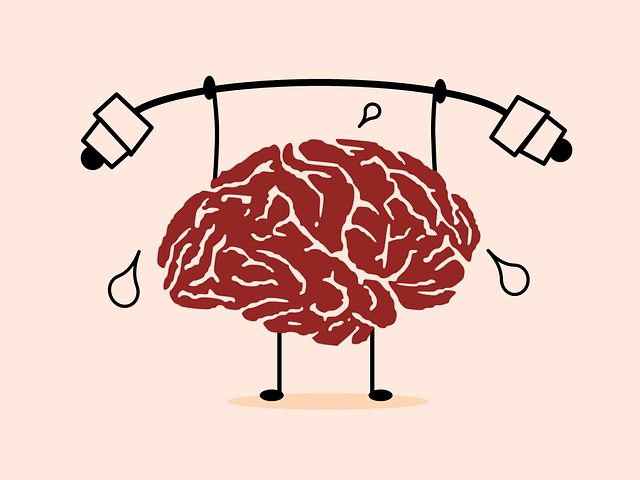Traditional, handwritten tests more accurately examine students’ knowledge of a subject compared to online exams.
Unlike online tests, paper tests employ different skill sets and stimulate specific parts of the brain.
Let me take you back to the fall of your fifth-grade year: The Scholastic Book Fair just arrived at the library, and you cannot wait to get your hands on that smelly eraser, fuzzy pens or 3D bookmarks.
But, before you can race down the hall, it’s time to take a test. Your teacher calls for silence as you pull out your best #2 pencil with the flashy pencil grip, and you proudly write your name at the top of the page, ready to take on those twenty questions.
Now we’re in college, and the length of an exam is not the only aspect of test-taking that has changed. As technology has become more accessible to consumers, exams began moving to an online format. Instead of your best pencil and grip, you are now armed with a keyboard and coffee mug.
Online tests can be more convenient, especially when a student is juggling school, a job and other responsibilities. Unlike paper tests, students are not forced to take the test at a certain time and place, and most professors allow a wide window of time during which the test may be taken.
Additionally, they are usually open-book or open-note, so students can have their book sitting next to them, or even open in the next browsing tab. However, even when not taking an open-book test, the temptation to cheat can still be overwhelming.
I don’t think that online tests truly test student’s knowledge on a subject either. With the opportunity to have the textbook open, students are less likely to truly study and absorb the material. When the time comes to use the information outside of the classroom, students can feel largely unprepared.
Besides being near impossible to cheat on, paper tests stimulate other parts of the brain. Rather than mindlessly clicking away at the enter key, a handwritten test requires students to think about what they are putting down on paper.
A handwritten test utilizes your motor skills, which activates a part of the brain to pay close attention to what is being written.
In an article in Psychology Today, Dr. William Klemm says that writing things by hand causes the brain to develop “functional specialization that integrates both sensations, movement control and thinking.”
He adds that “brain imaging studies reveal that multiple areas of the brain become co-activated during the learning of cursive writing of pseudo-letters as opposed to typing or just visual practice.”
Because of this, I believe that traditional, pencil-to-paper tests more aptly examine students’ knowledge on a subject.
Sitting in front of a glowing screen for at least another hour of test-taking will not improve grades or performance in the classroom. It is time to bring back our favorite #2 pencils, and maybe even that sparkly pencil grip.


